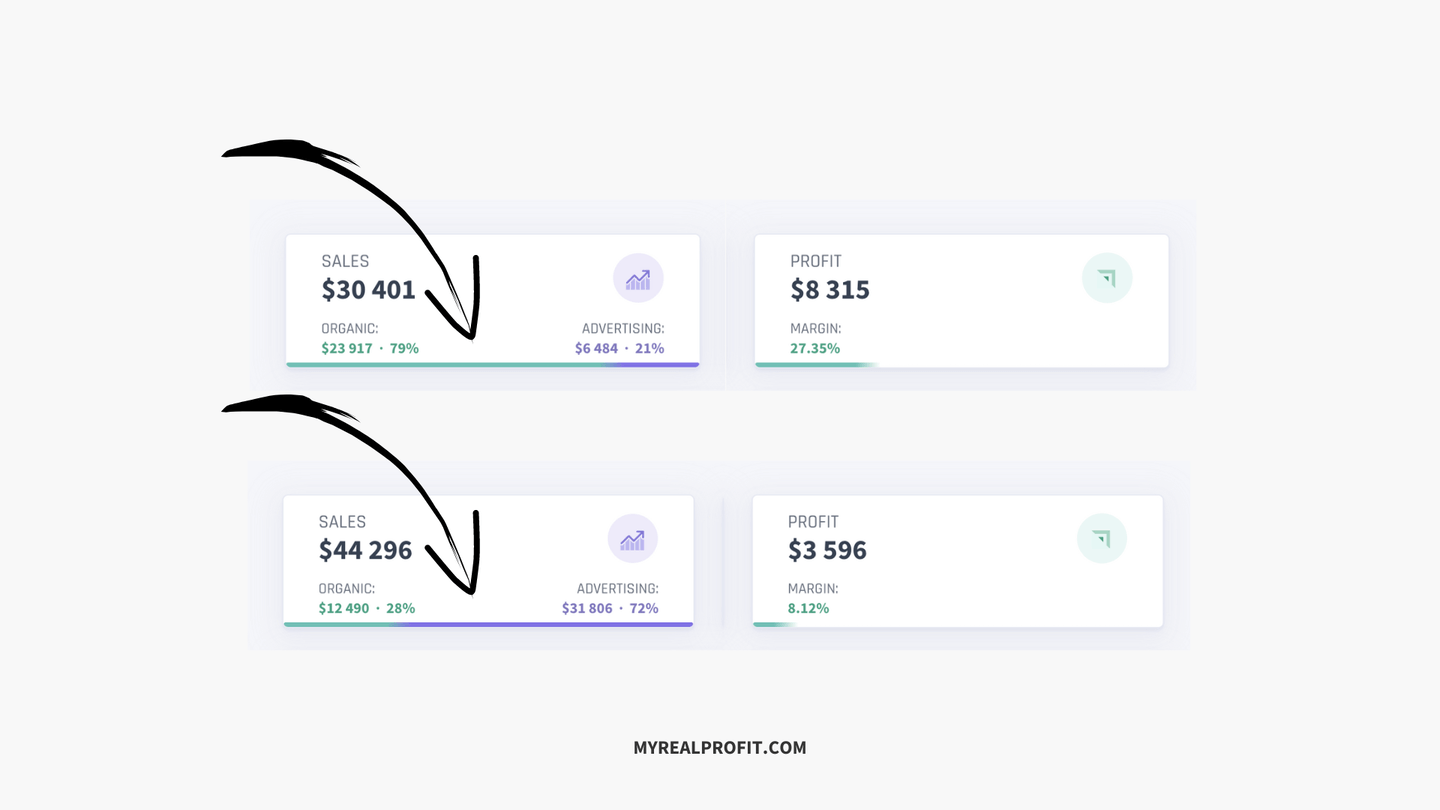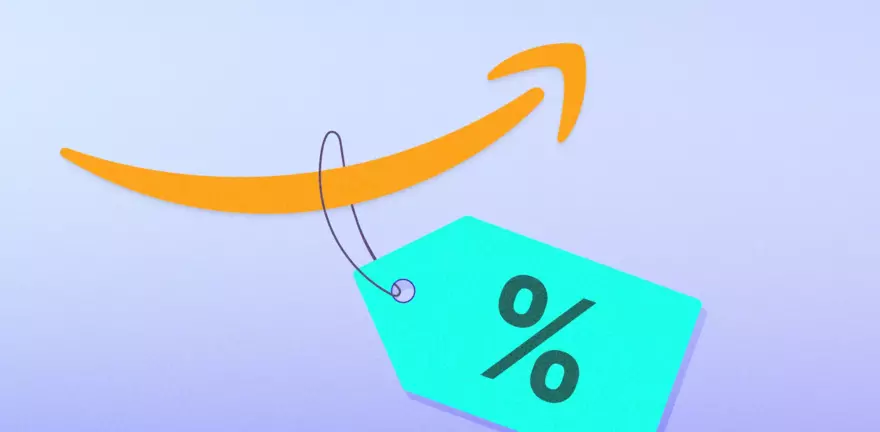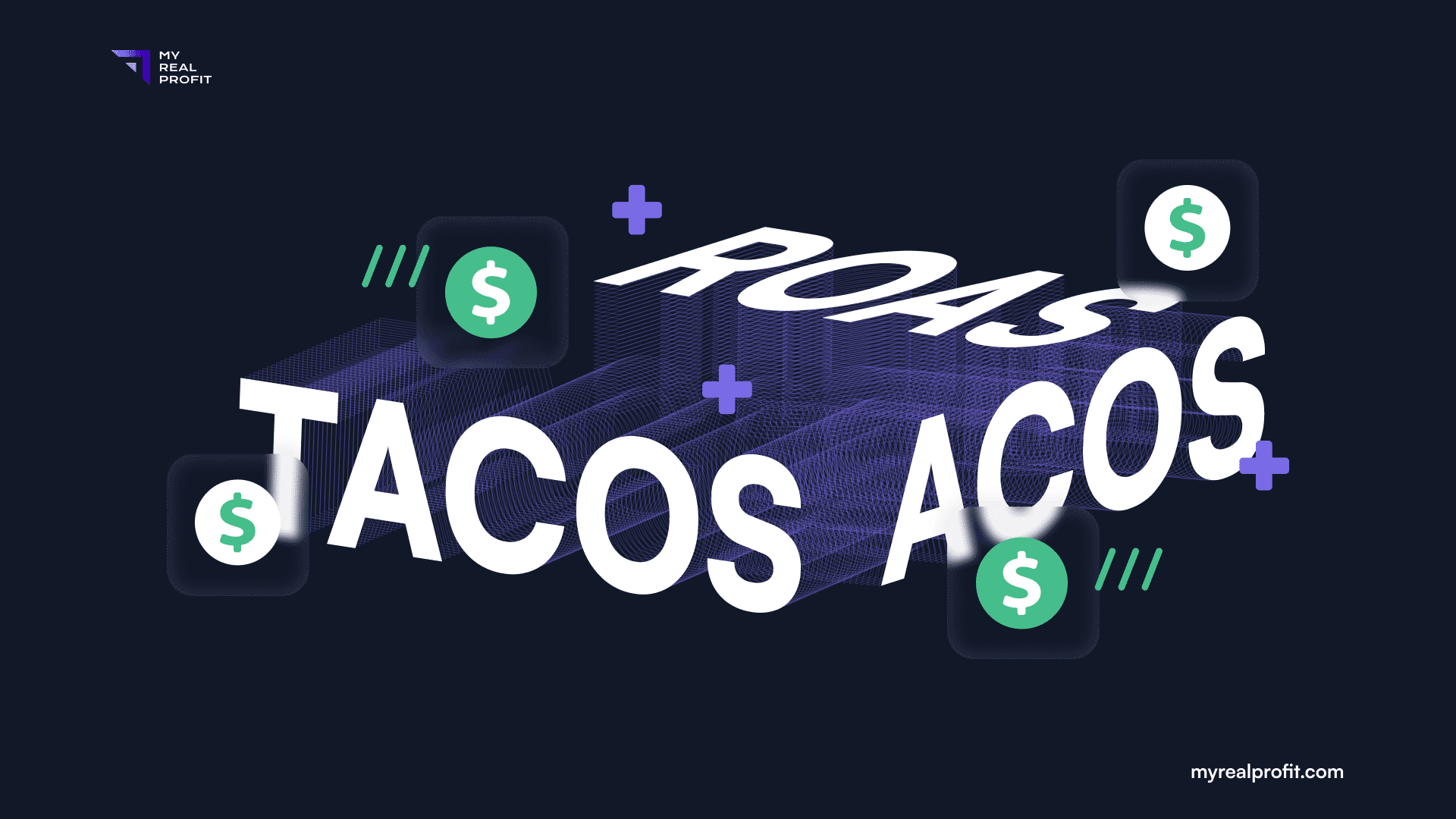Selling on Amazon can be a profitable venture and an ideal business model. Everything is online. Amazon manages, stores and fulfills your products and even handles product returns.


However, it is important to be aware of the associated costs. By understanding these costs, you can make informed decisions about whether or not selling on Amazon is right for you. Let us do a detailed breakdown of each amazon seller fees.
Fees for all sellers
Amazon Selling Plans: Individual vs Professional Seller Account
There are 2 plans to sell on Amazon:
Individual plan: you pay Amazon a fee per unit sold ($0.99). This plan works only if you plan to sell a couple of units per month.
Professional seller account: $39.99 per month. It gives you a lot of advantages.
Here is a table to compare 2 different amazon seller plans:


To sum up, the professional plan is recommended if you plan to sell more than 35 units per month.
Referral Fee (Amazon commission)
The referral fee is a commission that Amazon charges for every sale you make. The fee is calculated as a percentage of the item sales price (including shipping and any gift-wrapping charges for FBM sales) – discounts (coupons, discounts, promotions). The referral fee is charged when the order gets shipped.
Referral fees are based on the product category and range from 6% to 20% (30% for Amazon experiences). For most categories, the fee is 15%. The minimum referral fee is $0.30 per unit sold.
Overall, for every $100 in sales, you’ll pay $6-$20 in referral fees.
If you sell products in the Books, DVDs, Music, Software & Computer/Video Games, Video Game Consoles, and Video Game Accessories categories, a variable closing fee of $1.80 per unit sold will apply.
Refund administration fee
Amazon charges a fee to process a refund requested by a customer. Amazon takes $5.00 or 20% of the refunded amount, whichever is less, as a refund administration charge.
These fees are immediately deducted from your Amazon account balance or charged to your credit card if your account does not have enough money when the customer requests a refund.
You will pay these fees to Amazon regardless of the fulfillment method you choose. Now let us check what delivery options amazon sellers have to ship their products to customers.
What are FBA and FBM? Which one should I choose?
Fulfillment by Amazon(FBA) is a service where sellers pay Amazon to have their products stored, picked, packed, and shipped. It can be an excellent option for sellers who want to take advantage of Amazon’s world-class fulfillment centers network but do not have the time or resources to do it themselves.
Fulfillment by Merchant (FBM) is when the Amazon seller ships the products to customers on their own. It is a good option for sellers who want more control over their shipping process or do not want to pay the fees associated with FBA.
Both fulfillment options have pros and cons; ultimately, it is up to you to decide which makes the most sense.
Pros of using FBA:
Amazon FBA can help you save time and resources.
Scalability. When scaling an e-commerce business, it is always about being able to fulfill all products in time.
Amazon fulfillment fees are charged directly from your amazon account total sales (item price minus amazon fees). It prevents you from being scared that you don’t have enough cash to ship products.
FBA listings have higher conversion rates. According to Statista, Prime Members Are 65% of All Amazon Shoppers.
Amazon covers all the customer service and returns processing for that order.
FBA fulfillment fee per item can be cheaper than 3p logistics delivery.
FBA can improve your customer satisfaction rating.
You can use Amazon multi channel fulfillment services to ship products for your other channels’ sales.
Cons of using FBA:
You need to store your products in Amazon fulfillment centers (additional costs associated).
Amazon has strict inventory packaging and labeling requirements before they accept items into their warehouses.
Storage fees are usually more expensive than renting a warehouse.
Pros of using FBM:
You may have more control over your shipping process.
There are no additional fees associated with FBM.
Cons of using FBM:
You will need to handle fulfillment yourself.
You may need to invest in additional resources to do fulfillment effectively.
You are responsible for customer service (related to shipping issues) and returns.
No SEO perks from Amazon.
FBA vs FBM. What to choose?
Based on our experience, In 95% of cases, FBA is better than FBM. Fulfillment by Amazon allows you to focus on sales and grow your business instead of worrying about fulfillment, customer service, and other back-end operations. It is also important to note that customers prefer products fulfilled by Amazon, so using FBA can give you a significant competitive advantage.
Nevertheless, if you sell large-size and heavy products and expect to sell a small quantity of each product variation monthly, then FBM may be a better option. The additional fees, particularly, FBA fulfillment fees, may not make sense for such a business model.
The Amazon fee calculator can compare your FBA vs. FBM profit margins. Link to the calculator: https://sellercentral.amazon.com/
While we’ve covered the basics of profit calculation on Amazon in another post.
By understanding Amazon FBA costs, you can make an informed decision about whether or not FBA is right for your business. Here is a list of FBA fees that appears to any amazon seller.
FBA inbound shipping cost
FBA fulfillment fees
Returns processing fee
FBA storage fees. Long term storage fees
Removal fees
Disposal fees
FBA Inbound Shipping Fees
The first fee you will encounter is the FBA inbound shipping cost. It is the cost of shipping your products to Amazon fulfillment centers (facilities where Amazon packs and ships products on behalf of FBA sellers). The cost will vary depending on the size and weight of your products. The distance between your location and the Amazon fulfillment center will also affect costs.
FBA Fulfillment Fees
Amazon Fba Fulfillment Fees cover the cost of picking, packing, and shipping your products to customers. The per-item fba pricing is based on the size and weight of your product, and it will vary depending on the category in which you are selling (apparel/non-apparel).
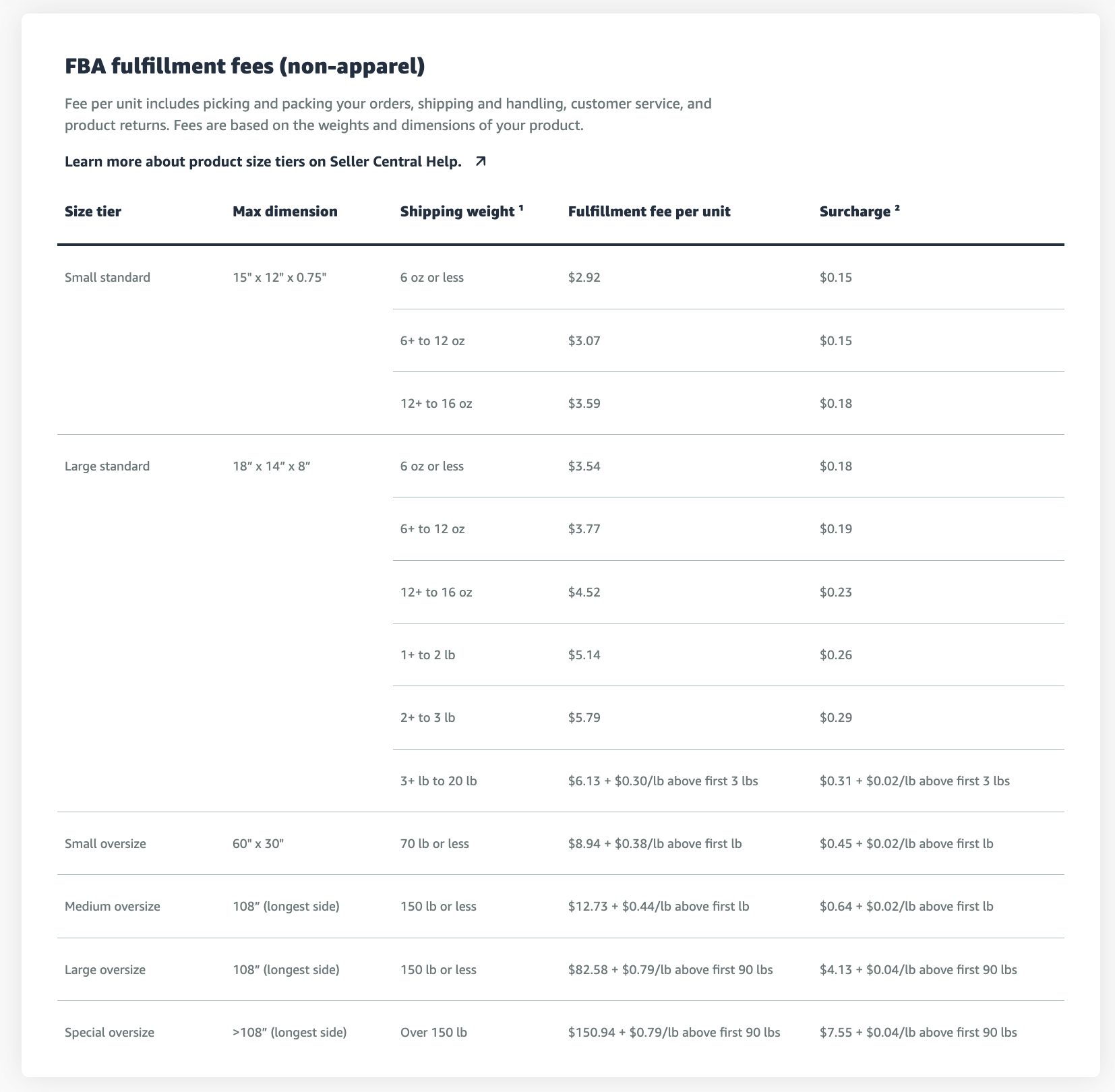

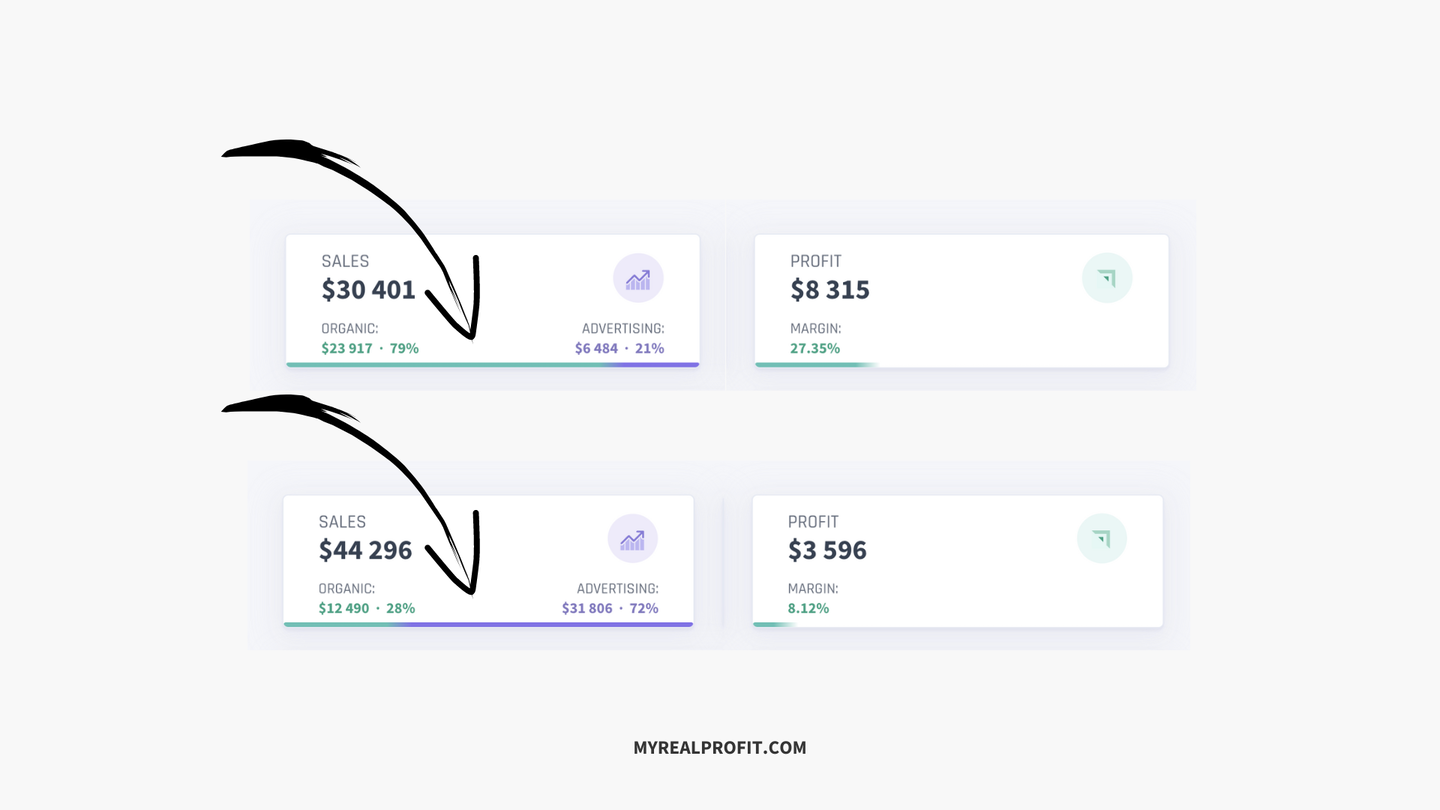

Inventory Storage Fees
Monthly Storage Fee
In addition to the shipping cost, you will also have to pay Amazon FBA Storage fees. Amazon will charge you a monthly fee to store your products in their fulfillment centers. The storage fee depends on the size and weight of your products.
Amazon sellers are charged based on the average daily units in the fulfillment center, product volume, and size. The monthly storage fees per item are increasing during Q4.
A screenshot below displays how much it costs to store your products on Amazon.
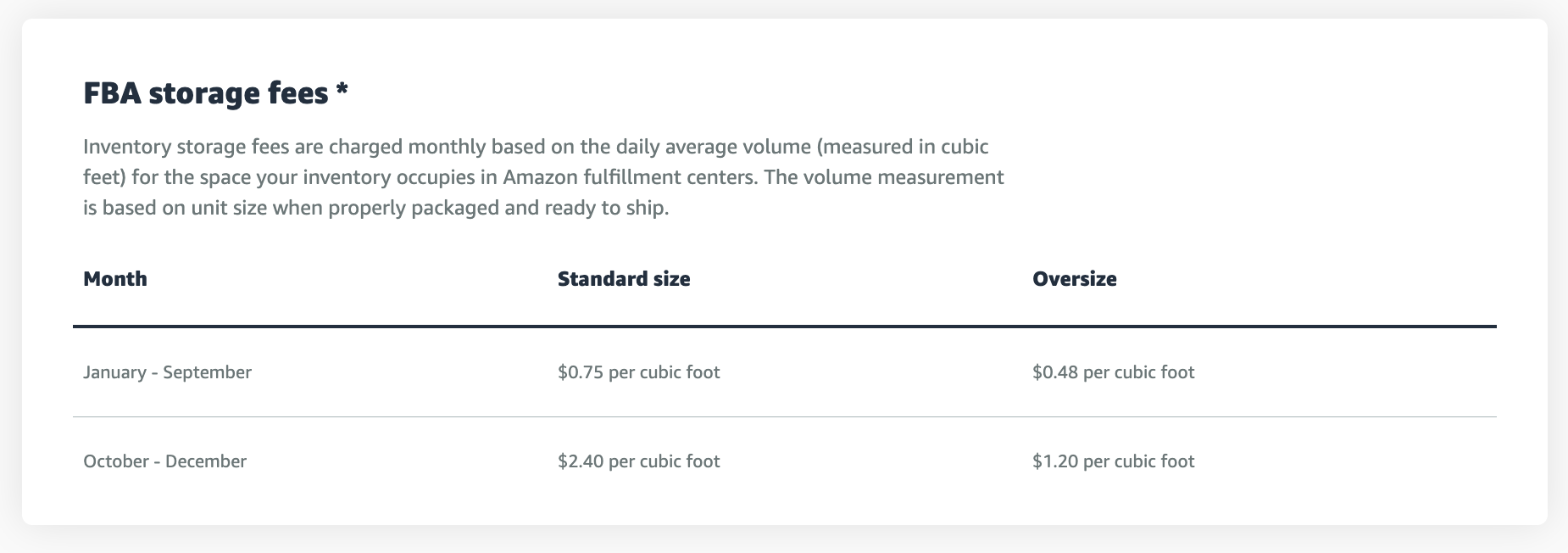

Long Term Storage Fees
Items in a fulfillment center for more than 365 days are subject to a long-term storage fee.
You can check your monthly inventory storage fees by downloading a report from your Amazon seller central account.
My Real Profit tracks all amazon fees, including long term storage fees, and combines them in one convenient report so you can track all your FBA fulfillment costs on one page.
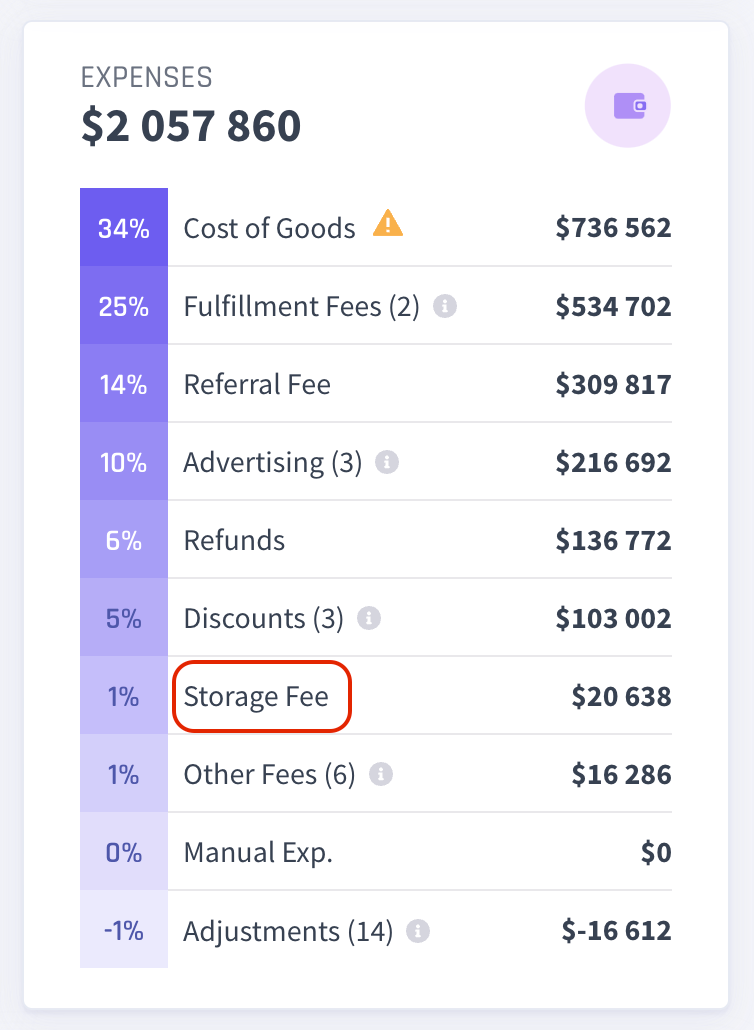

Removal Fees
If you want Amazon to remove an inventory item from its warehouse and mail it back, you will have to pay a removal fee. This amazon fba pricing for this fee is charged per unit based on your product’s weight.
You got charged when the removal order was complete. It can take 90 days or more to complete a removal order.
You can see all your fulfillment costs, including removal charges, using the transaction report on your seller central account or the My Real Profit Expenses tab. You can try it for free for 14 days using this link.
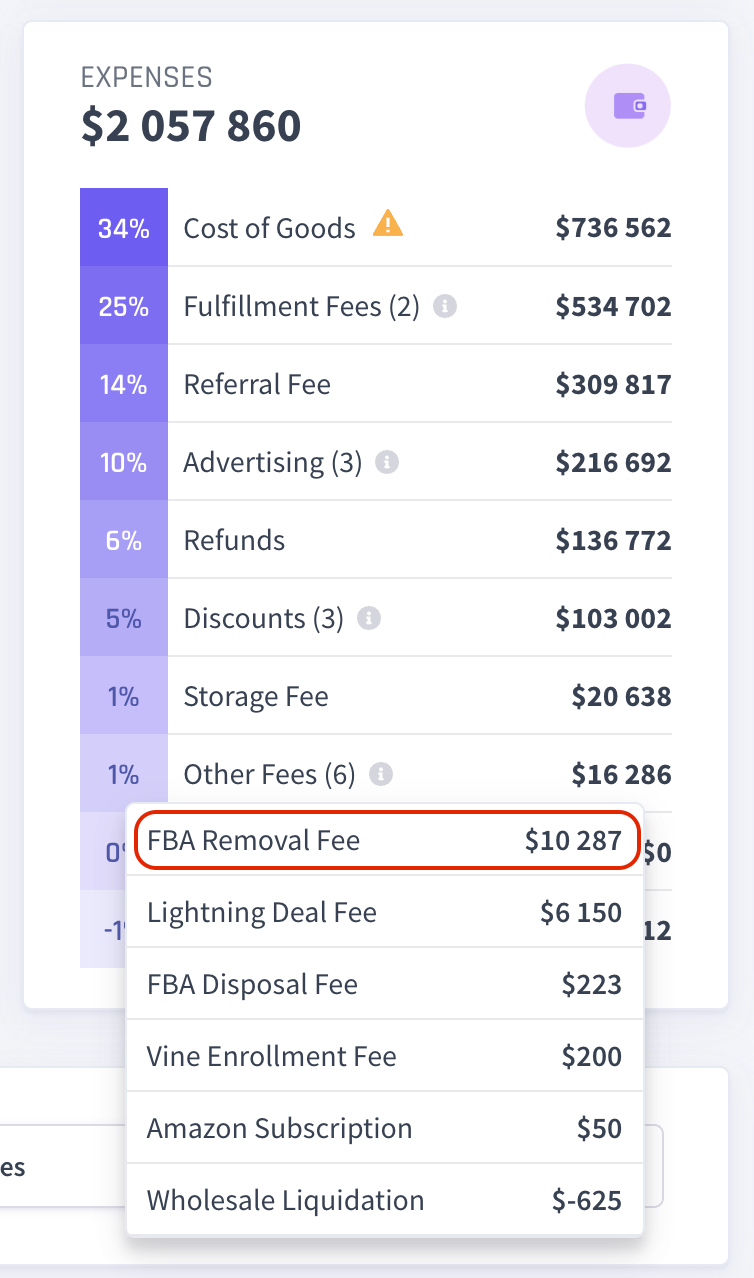

Disposal Fees
If you decide to stop selling a product and want Amazon to dispose of it, you will have to pay a disposal fee. This fee is charged per unit based on your product’s weight and size tier.
Amazon seller is charged when the disposal is complete.
Returns Processing Fee (applies s to Shoes and Apparel categories)
The FBA returns processing fee applies to products sold in the Shoes and Apparel categories where Amazon offers free return shipping.
Amazon seller is charged per unit returned based on your product’s weight and size tier.
Other Amazon Seller Fees or Income
FBA Liquidation
Liquidation is when Amazon sells your inventory to a third-party company at a discounted price. The liquidation sales price is based on your average selling price, including your sales history.
Usually, liquidation is about 5% to 10% of your average selling price.
Inventory Placement Service Fee
The Inventory Placement Service enables you to have Amazon place all units of a particular product/ASIN at the same Amazon fulfillment center for each shipment. If you use this program, you may choose whether or not to participate by selecting an inventory placement option in your seller account.
Overall, it is essential to remember that many costs are associated with selling on Amazon. By understanding these fees and keeping track of them using a tool like My Real Profit, you can ensure that your business is profitable.
My Real Profit is a real-time profit analytics software for amazon that can help you keep track of all amazon charges and profitability on one page by account, parent ASIN, child ASIN, and SKU.
Schedule a call for a demo: LINK TO SCHEDULE A DEMO
Sign up for a free trial using the link below: LINK TO START A FREE TRIAL
Thanks for reading!

